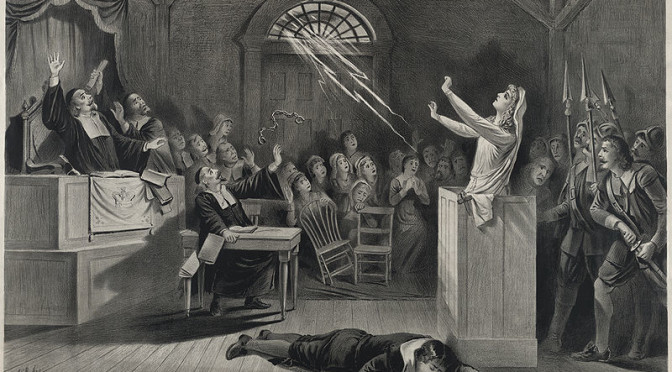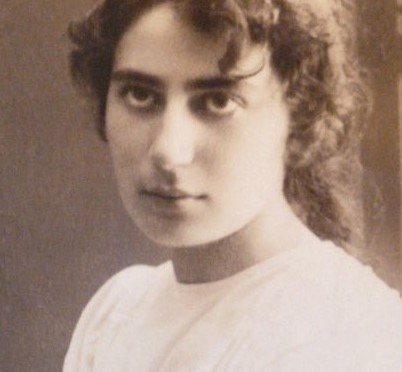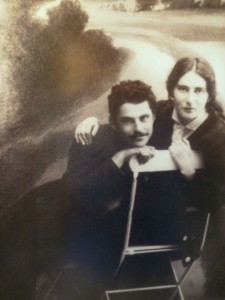In honor of Siblings Day and my car reregistered, I decided to give tribute to my siblings and talk about our car memories.
Bob
“Do you see the maroon van yet?” my sister-in-law asked.
I was in a car with people I met a couple hours ago that were headed in the same direction. We were now in a nearly deserted parking lot.
“I think so,” I answered. “Is it covered with snow?”
“I don’t know.”
My ride pulled by a nearly white van. I saw some maroon. “I think I’m right by you guys. Do you see the gray Honda?”
I was annoyed with my sister-in-law when she said, “I really don’t know.”
Another passenger in the car said, “Just see who the driver is.”
I didn’t want to. It was dark and would be slippery.
“Okay,” I told my sister-in-law. “I’m going to knock on the door. Do you see me yet?”
Her response was not encouraging. “Um, no?”
I knocked on the driver’s door. The door opened. It was not my brother’s wife. It was a man wearing a red coat and CowboyS hat.
“Bob!”
“Surprise!” My brother helped me with the luggage and then he and I were off to his house. I don’t remember what we talked about but I remember feeling relieved, secure, and happy. I was finally getting the one-on-one time with my oldest brother.
Dan
If it weren’t for Dan, I wouldn’t be writing this post. The car I had to reregister this week? Yeah, I bought it from him a couple years ago. He upgraded to a better car though we’re in agreement I’m driving a fairly good vehicle.
But Dan didn’t always have the classiest cars. But when you’re in high school any car would do. I still felt cool riding in his first, cheap car. I was a freshman and he was senior. He would race with a friend to school from seminary. It wasn’t healthy for the yellow car.
One morning the steering wheel came off. “What???” Dan tried to keep it in place as we slowly crossed the wide intersection where the most car accidents occurred at school. We made it. Barely, but we made it into a parking spot.
I’m thinking our mom picked us up that day. The car got fixed, and Dan secured the steering wheel with duct tape. The fixes and the car’s accessories cost more than the car itself. A CD player. A loose fake arm from Spencer’s that Dan liked to stick out the window.
Hope this didn’t embarrass him. But like I said, I felt pretty cool riding in his car.
Rachel
Rachel is my favorite travel companion. Even when I get us lost, she’s patient. We never go hungry. Wherever we go, it’s a party–complete with Sonic drinks.
Rachel is pretty cool. As she drove me around, her song “Cool Kids” played over and over again. (I wished I could be like her!) One other favorite one was “Rude.” We applied it to a pet.
One of the most exciting times in her car was when we brought home a movie she wanted to watch with me. But we would have to wait for her husband to get home. Until then we quoted clips in the car and while were eating dinner. We even threw in wisdom.
“It doesn’t matter what happens in the blender. It’s what happens next.”
When it’s just Rachel and I, it’s a fun guarantee.
Joe
A couple years ago, I had the upper hand in some things. That included transportation. Joe is one of the best drivers but needed to borrow my car a few times.
“Could I use the car this weekend?” Joe asked.
I knew the next thing he was going to say. “I have a date.”
Of course I would let him. And of course he’s gotten a cooler car since then and got married. But he and his wife still help me when I go places.
“Don’t hang up the phone!” (A favorite phrase of his wife) Without her and Joe, I would be in Wyoming right now with bad brakes.
Joe probably thinks (correctly) my car or myself couldn’t survive without him.
Because I needed to reregister my car this week, I needed a smog and safety check and was asking around. I texted Joe who texted back an address. As characteristic of our relationship, he called right after that text.
“This is what you need to know…” He went into greater detail and then asked if I understood. He’s pretty good at simplifying things when I ask.
Zzzzzzzzzz end!
Images:
Personal and family photos
Sonic photo taken by Belinda Hankins Miller
